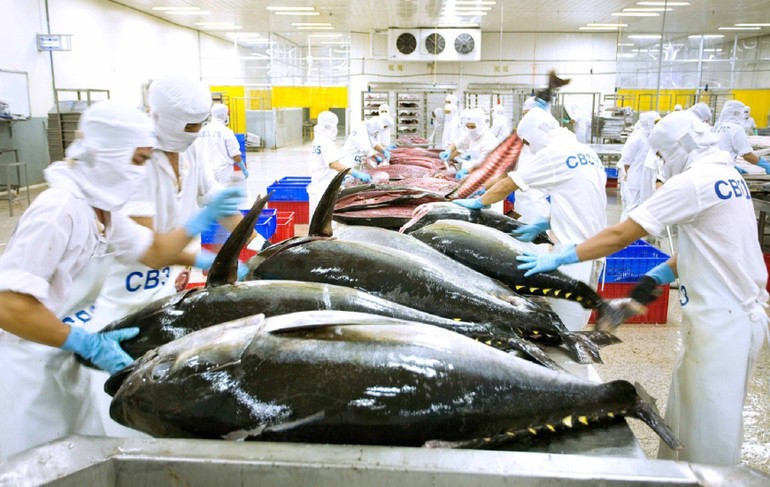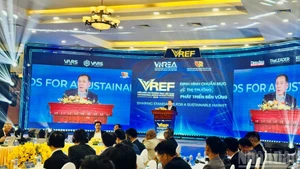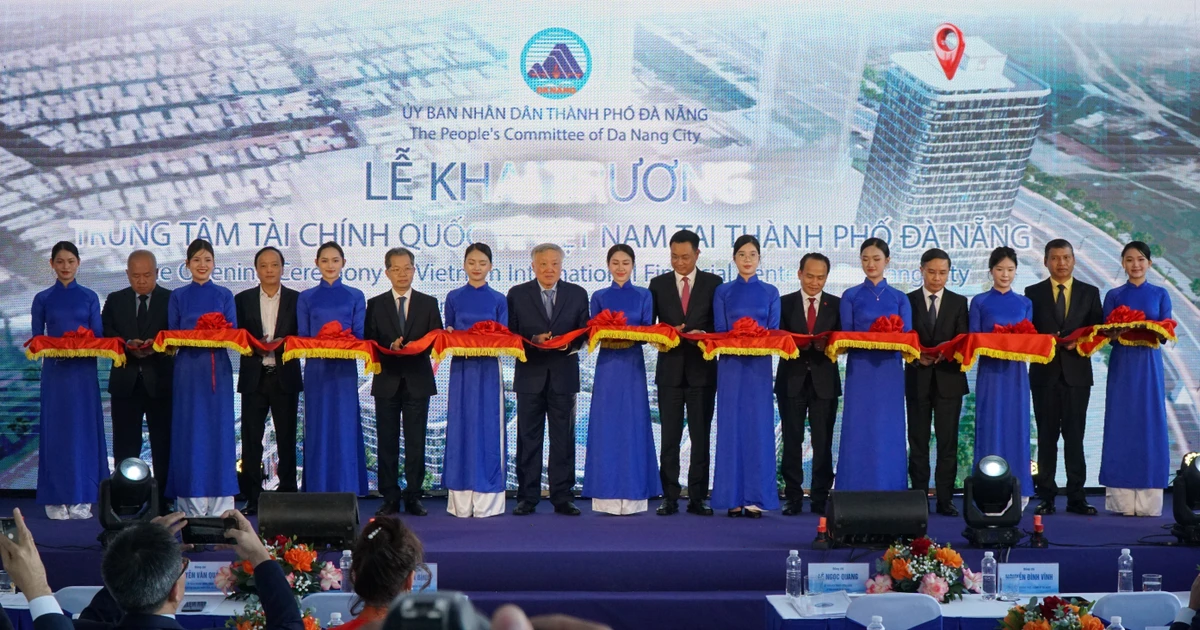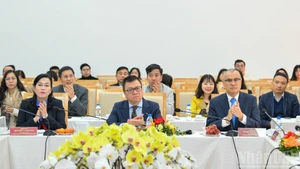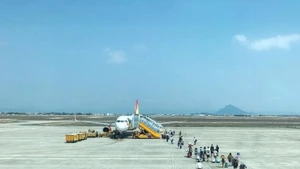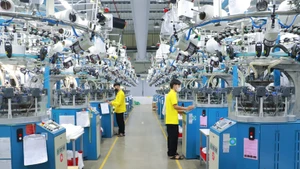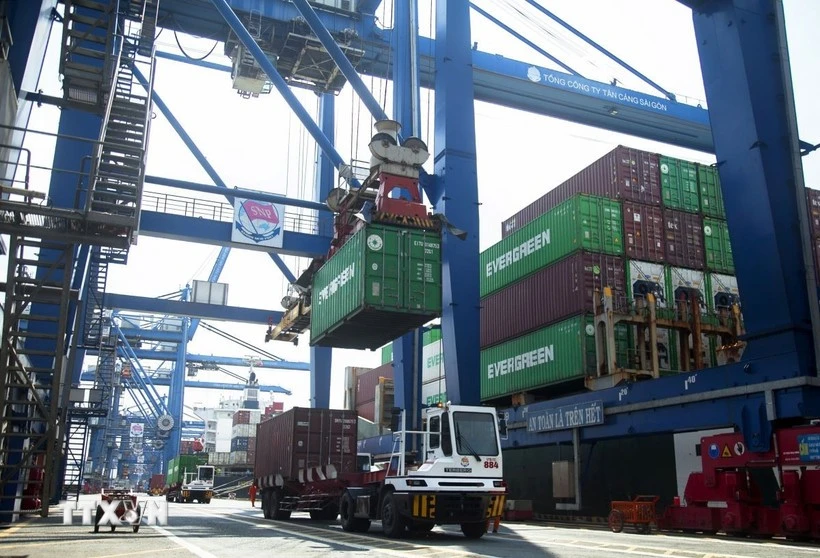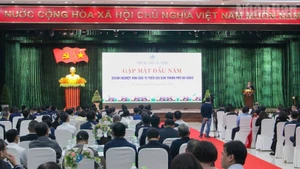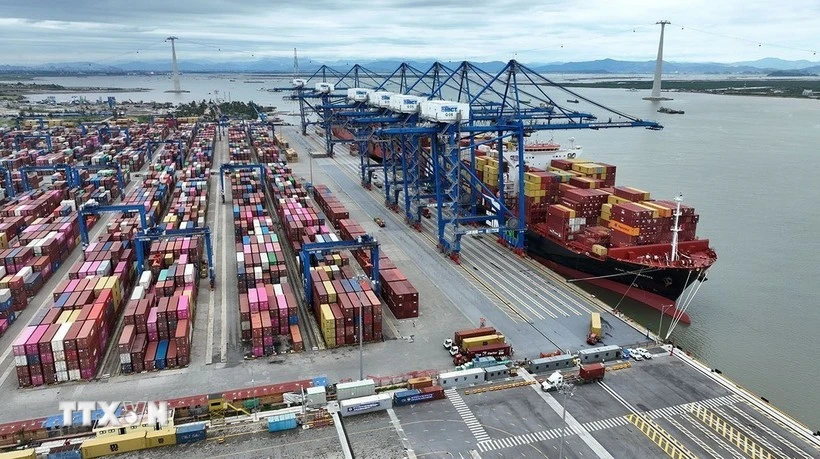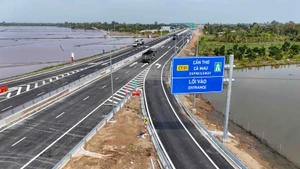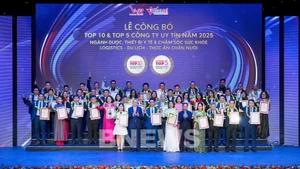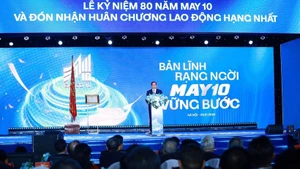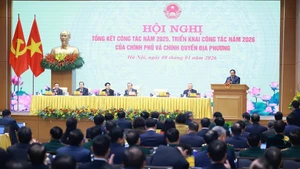Viet Nam’s seafood enterprises: Keeping faith, facing IUU challenges head-on
In the first eight months of 2025, Viet Nam’s seafood sector recorded significant growth, with export turnover reaching 7.34 billion USD, up about 17% compared to the same period in 2024. In August alone, the figure stood at 1.12 billion USD, an increase of nearly 14%, reflecting positive momentum despite global market volatility.
Within the export structure, shrimp remained the spearhead, bringing in 2.97 billion USD, up nearly 23%. Pangasius followed with 1.42 billion USD, an increase of almost 10%. Meanwhile, tuna exports, valued at 633 million USD, slipped slightly by around 2–3%, reflecting challenges in raw material supply and pressure from international regulations. The mollusc group (squid, octopus, bivalves, shellfish, and others) was a bright spot with growth of more than 20%, totalling nearly 649 million USD.
Export acceleration overshadowed by IUU challenges
Despite strong growth, Vietnamese seafood enterprises continue to face barriers from IUU fishing, the lingering “yellow card” warning, and major hurdles in the US market, including countervailing duties, anti-dumping tariffs on shrimp, and the upcoming ban from January 1, 2026, on seafood products from 12 fishing practices not recognised as equivalent by the US National Oceanic and Atmospheric Administration (NOAA).
VASEP has cautioned that without robust measures, 2026 will pose major challenges, as tariff and technical barriers could severely impact Vietnamese seafood exports, particularly to the US.
Holding steady in markets: strategies from enterprises
Amid intertwined opportunities and challenges, Viet Nam’s seafood processing and exporting community has demonstrated a proactive spirit: leveraging trade agreements to recover demand in major markets, striving to overcome obstacles and aiming for export revenues of about 10 billion USD in 2025 if barriers are effectively removed.
Efforts are being made to accelerate digitalisation and enhance transparency across the supply chain – from harvesting, landing and purchasing to processing and export – as a vital tool to bridge the gap with international requirements. Priority is also being given to investing in compliant fishing port infrastructure, expanding the number of recognised ports to ensure fishing vessels have legitimate landing sites and full documentation for export.
Enterprises are urging a review and improvement of the legal framework to reduce cases of “compliance yet still entangled”, particularly for special products and input materials. They are also pushing to diversify export markets towards Asia, the Middle East and South America to reduce reliance on the EU and US while seizing new opportunities.
Trust built from every legitimate shipment
The IUU challenge is not only a legal issue but also one of prestige. If a shipment is rejected due to missing documents, or a fishing port is not recognised, market share could be affected for an extended period. Yet within each growth figure, every compliant product, and every enterprise adhering strictly to international regulations, trust is being built: Viet Nam can not only overcome IUU but also elevate its seafood industry on the global stage.
If the Government, ministries, local authorities and the business community continue to synchronise actions – from policy and law to enforcement and support – then the goal of 10–11 billion USD in exports in 2025 is not merely a target, but an attainable reality. That trust will be strengthened through every product line, every certified port, every completed document, and every transparent traceability record.
From Government responsibility to business commitment
Speaking at the 14th session mentioned above, Nguyen Hoai Nam, Secretary General of VASEP, expressed deep appreciation for the close companionship and support of the Government, particularly the Prime Minister, Deputy Prime Ministers, leaders of the Ministry of Agriculture and Environment, and relevant agencies throughout the efforts to address the IUU yellow card in recent times.
He stressed: “We have attended and followed all 14 sessions of the National Steering Committee and clearly felt the Government’s determination to protect national prestige, support enterprises and fishermen. The urgency of the Prime Minister is also our urgency – those of us striving to maintain markets and international partners’ trust.”
Not just exports, but protecting the national market
Viet Nam’s seafood business community, with the support of VASEP, has clearly recognised that exports are not only a commercial activity but also a politico-economic mission tied to national credibility. Facing pressure from major markets such as the European Union (EU) and the US, where technical barriers and IUU warnings persist, the risk of losing markets is very real if transparency and legality in the supply chain are not swiftly enhanced.
VASEP pledged to work closely with the Ministry of Agriculture and Environment in monitoring catch origins, ensuring transparent traceability and fully complying with international regulations.
However, Nguyen Hoai Nam also candidly pointed out: “If the four shortcomings identified by the Prime Minister are not promptly resolved, they will continue to seriously affect export capacity. Many shipments, simply due to missing information on a single document or landing at an unqualified port, cannot obtain Source Certificate (S/C) or Catch Certificate (C/C) to complete export procedures – causing heavy losses for enterprises and missed opportunities for the nation.”
Three strategic recommendations: Removing bottlenecks – unlocking growth potential
On behalf of the business community, VASEP’s Secretary General Nguyen Hoai Nam openly highlighted remaining bottlenecks in the IUU control system and proposed three foundational solutions – urgent in the short term and strategic in the long term – to help Viet Nam’s seafood industry grow sustainably, overcome the “yellow card” and reach the international stage.
First, accelerate digitalisation – the key to transparency and effective control
VASEP strongly agreed with the Ministry of National Defence’s view that digitalisation must be the backbone of modern fisheries management. Given limited resources at the local level, moving from “manual management” to digital platforms is the way to ease burdens, resolve bottlenecks and improve efficiency.
Digitalisation not only makes the supply chain transparent – from harvesting, landing, purchasing, processing to export – but is also an effective tool to “close loopholes” in law enforcement, minimise fraud and build firm trust with international partners. This is the essential foundation to realise the commitment of “not trading national reputation for a prolonged IUU yellow card.”
Second, expand the list of designated, standard-compliant fishing ports – clearing input bottlenecks
A pressing reality today is that while Viet Nam has tens of thousands of fishing vessels, only 51 fishing ports are officially designated with adequate legal status, resources and facilities to perform their duties. This creates a “bottleneck” situation, where only a small share of caught seafood is properly controlled through designated ports, while most still goes through substandard ports and landing sites. As a result, many fishing vessels, despite complying with regulations, cannot land at approved ports, leading to shipments being ineligible for export.
VASEP appreciated and strongly supported the Ministry of Agriculture and Environment’s call for prioritised investment and upgrading of fishing port infrastructure across localities to expand the number of recognised ports. This is not only a technical issue of enhancing fisheries capacity but also a key step in completing the fisheries monitoring chain – from input stages – ensuring legality and compliance for every shipment in international markets.
Third, improve the legal framework – avoiding “right becomes wrong”
Since 2017, the legal system governing fisheries management and exploitation has been revised and supplemented, forming a fairly complete framework for better regulation.
However, under integration requirements and practical adjustments, many urgent or critical issues have not been promptly or effectively amended in specific legal provisions. This has directly caused negative impacts on business operations and fishermen, or resulted in lost export opportunities.
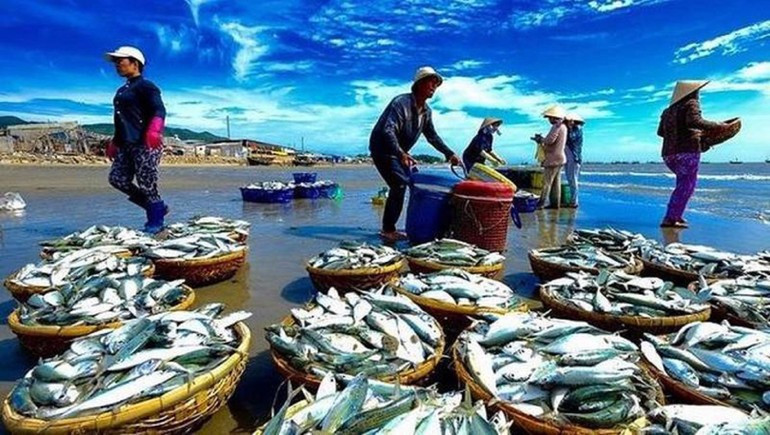
For instance, ruoc (krill-like small shrimp), a southern coastal specialty in high demand in the EU, is currently “stuck” and cannot be exported due to the absence of legal guidance for completing EU-compliant paperwork.
Similarly, problematic regulations on “minimum catch size” in Decree 37/2024 mean that skipjack tuna and yellowfin tuna caught by fishermen cannot qualify for export certification. VASEP urged the Ministry of Agriculture and Environment, along with relevant agencies, to proactively and timely review and update and the legal framework to ensure compliance with laws, alignment with international practices and preservation of business opportunities.
These three recommendations – digitalisation, expanding designated ports, and the legal framework – not only address immediate issues but also shape a strategy for Viet Nam’s seafood industry towards transparency, sustainability and deep international integration.
Businesses not standing aside
Concluding his speech, VASEP’s Secretary General Nguyen Hoai Nam emphasised: “We – the business community – are not standing aside. We understand that if we lose markets, we lose the national brand itself. Therefore, along with compliance, we proactively advocate, recommend, accompany and share responsibility with the State and with fishermen for the future of Viet Nam’s seafood industry.”
He expressed hope that enterprises’ recommendations would be taken into consideration by the Government and competent agencies, and synchronously implemented to open a more solid pathway for the seafood industry – a key and strategic export sector – in the process of global integration.
From the IUU “yellow card” to the matter of national prestige, from shipments delayed over missing documents to lost opportunities in global markets – every link in the value chain carries the responsibility of the entire system. Enterprises cannot act alone. Government cannot lack practical voices. Only through a strategy of joint action, coordination, discipline and transparency can Viet Nam affirm its seafood position on the international stage.
Prime Minister’s directives: Strong impetus for seafood industry to reach global level
At the 14th session of the National Steering Committee for IUU Fishing Prevention and Control on September 23, 2025, Prime Minister Pham Minh Chinh emphasised that in today’s era of globalisation and deep international integration, safeguarding the reputation and market share of Viet Nam’s seafood is not only the Government’s responsibility but also requires the effort and initiative of each enterprise and fisherman.
The head of Government affirmed that enterprises must take the lead in enhancing transparency, strictly complying with legal, sustainable and environmentally friendly fishing regulations, regarding this as the “golden key” to unlocking demanding markets such as Europe and the US.
The Prime Minister also directed the Ministry of Agriculture and Environment together with related sectors to continue improving the legal framework, accelerate digitalisation and focus on resolving bottlenecks in fishing port infrastructure to create the most favourable conditions for production, monitoring and export. He called on the business community to play its role as a vital bridge closely linking with fishermen, together building a sustainable, transparent value chain that leaves no “loopholes” undermining national reputation.
Prime Minister Pham Minh Chinh’s directives have added momentum for Viet Nam’s seafood enterprises to persist with solutions, overcome challenges and elevate the industry’s standing on the world stage, moving towards harmonious development across economic, environmental and social dimensions.
